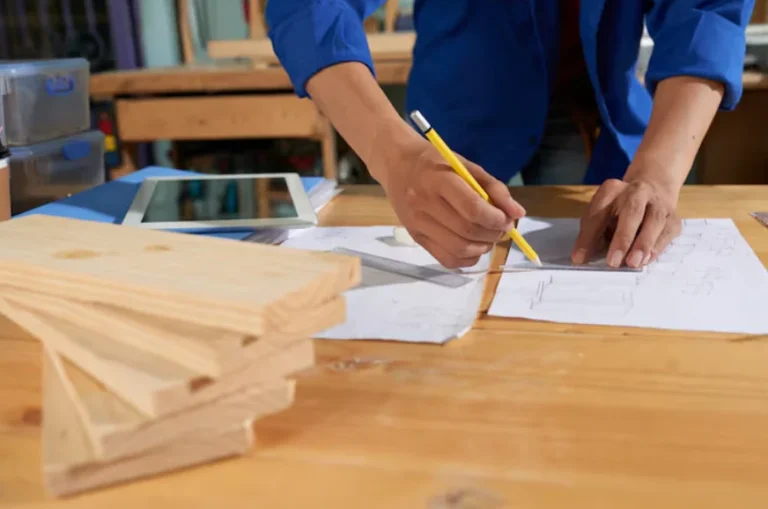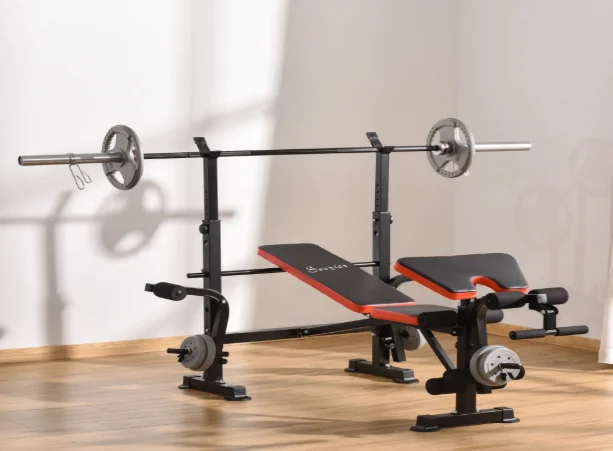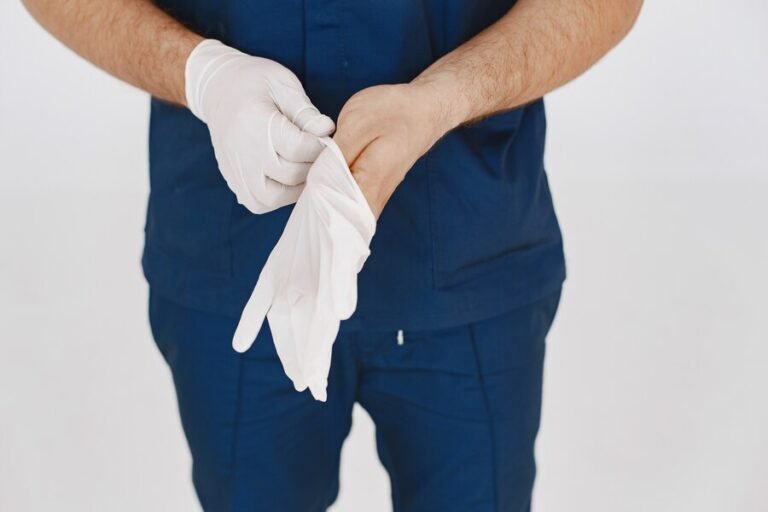Introduction
Regular cleaning and maintenance are crucial for ensuring the longevity and reliability of your Glock. Whether you’re a seasoned shooter or a first-time Glock owner, understanding the proper cleaning techniques can prevent misfires, extend your firearm’s lifespan, and maintain its performance.
Understanding the Importance of Cleaning Your Glock
Safety Concerns
A dirty Glock can lead to potential misfires or mechanical failures. Accumulated dirt, debris, and residue can obstruct or damage critical moving parts. Always prioritize safety: ensure the gun is unloaded, and the magazine is removed before beginning any cleaning process.
Performance and Reliability
Routine cleaning is essential to keep your Glock functioning at its best. Every time you fire, residues like carbon, lead, and copper build up, potentially affecting the firearm’s accuracy and reliability. Regular maintenance mitigates these issues, ensuring a smooth and dependable performance.
Longevity of Your Firearm
Consistent cleaning and maintenance can significantly extend the lifespan of your Glock. By keeping your firearm free from harmful residues and properly lubricated, you reduce the wear and tear on its components, ensuring it remains in top condition for years to come.
Essential Tools and Products
Cleaning Kits
Investing in a comprehensive cleaning kit is essential. Key components include brushes, patches, solvents, and lubricants. Recommended brands like Hoppe’s and Otis offer high-quality kits tailored for Glocks.
Gun Cleaning Mats
A quality cleaning mat not only protects your work surface but also helps keep your firearm components organized. The Falko Tactical cleaning mat, for instance, features a lubrication point diagram, greatly simplifying the cleaning process. You can find this glock cleaning mat on Amazon or in the falko tactical website.
Safety Gear
Use gloves and eye protection to safeguard yourself against exposure to harmful cleaning solvents and residues.
Step-by-Step Guide to Cleaning Your Glock
Disassembly
- Ensure the Glock is unloaded.
- Remove the magazine.
- Lock the slide back and visually check the chamber.
- Release the slide and pull the trigger while pointing the gun in a safe direction.
- Pull down the takedown levers on both sides of the frame.
- Slide the slide assembly forward off the frame.
Cleaning the Barrel
- Insert the bore brush dipped in solvent into the barrel from the chamber end.
- Scrub the barrel interior thoroughly.
- Use dry patches to remove residues.
- Repeat until patches come out clean.
Cleaning the Slide
- Use a nylon brush to apply solvent to the interior of the slide.
- Pay close attention to the extractor, breech face, and rail cuts.
- Wipe clean with a lint-free cloth.
Cleaning the Frame
- Wipe the frame with a solvent-dampened cloth.
- Ensure you clean areas like the trigger mechanism and the magazine well.
- Inspect for any signs of wear or damage.
Lubrication Points
- Apply a small amount of lubricant to the recommended points:
– Slide rails
– Barrel lug
– Inside the slide where the barrel slides
– Connector and trigger bar
- Reference the Falko Tactical mat diagram for precise locations.
Reassembly
- Place the barrel back into the slide.
- Insert the recoil spring assembly.
- Align the slide with the rails and push back until it locks.
- Perform a quick function check.
Maintenance Tips
Frequency of Cleaning
Clean your Glock after every shooting session. For those who carry for personal defense, a bi-monthly cleaning is recommended even if it hasn’t been fired recently.
Storing Your Glock
Store your Glock in a dry, cool place. Use a silicone gun sock or a firearm-safe desiccant to prevent rust and moisture buildup.
Routine Inspections
Regularly inspect your Glock for signs of wear or damage. Pay close attention to springs, pins, and the overall structural integrity. When in doubt, consult a professional gunsmith.
Troubleshooting and Common Issues
Typical Problems Encountered Post-Cleaning
– **Misalignment during reassembly:** Ensure all components are correctly positioned before sliding the assembly back.
– **Over-lubrication:** Wipe off excess lubricant to avoid attracting dirt.
– **Function check failures:** Address issues by disassembling and reassembling the Glock carefully.
When to Seek Professional Help?
If you encounter persistent issues such as misfires, unusual sounds, or visible damage, seek professional assistance. The American Pistolsmiths Guild and the Association of Firearm and Tool Mark Examiners can provide referrals to qualified experts.
Conclusion
Regular cleaning and maintenance are pivotal to the performance and longevity of your Glock. Investing time in proper cleaning, utilizing high-quality products, and adhering to a consistent maintenance schedule will ensure your Glock remains a reliable and effective firearm. Share your own cleaning tips and experiences in the comments below.
Additional Resources
– Detailed Cleaning Guides and Videos can be found in the Glock Website
– Further Reading on Glock Maintenance: you can check firearm news blog.
Maintaining your Glock isn’t just about ensuring it fires correctly; it’s about investing in a hobby, a profession, or a means of protection. Proper care leads to a reliable, long-lasting firearm that won’t disappoint when you need it most. Happy cleaning!
















+ There are no comments
Add yours